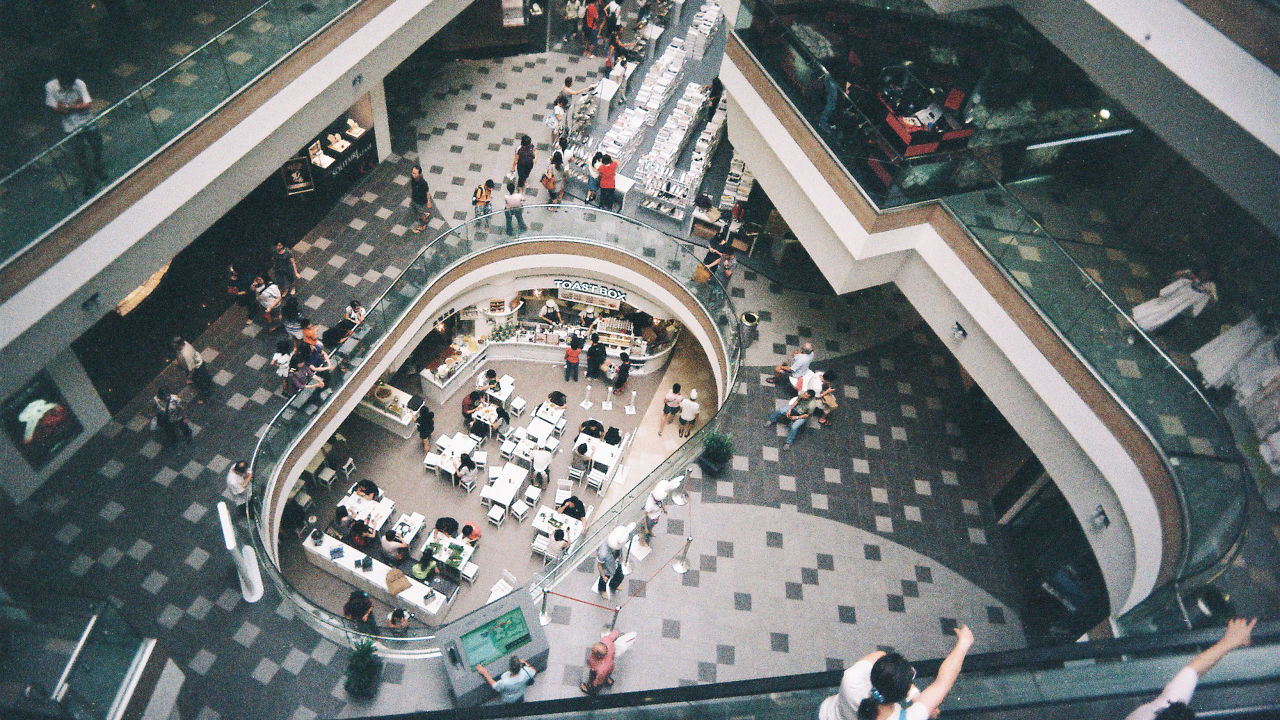this is How you’ll be able to shop In 2020
Mall rats, have a good time.
April 27, 2015
if you wish to feel free, contemporary analysis suggests, you must spend your cash on experiences, no longer things. It’s a sensible sentiment, with profits being a limited resource and all. you work arduous in your paycheck. you wish to have to get the most out of it.
on the other hand: shopping is fun! because of the internet, customers can make a acutely aware decision to shop smarter and make extra-informed purchases that aren’t based totally solely on whatever the lowest price point is. And in a number of years, it’s most effective going to get higher. We requested a couple of of our Most progressive corporations in Retail for predictions about what the future of shopping for stuff looks as if. here’s what buying—both online and off—will look like in five brief years.
The Return Of The Mall Rat
The mall is very nearly a ceremony of passage for cool teens cultivating a social lifestyles. but with brick-and-mortar on a decline, department shops will want to appear past the RadioShacks, Aeropostales, and Cinnabons to stay busy.
Enter Westfield Labs, a San Francisco-based totally entity that’s working to rethink what malls are in a position to, ceaselessly with a sprinkle of digital savvy. “Brick and mortar provides a place for brands to have interaction and attach with their consumers in a technique no longer at all times conceivable online,” Westfield Labs’ chief digital officer Kevin McKenzie wrote in an electronic mail. “It permits them to provide a physical face and presence to their brand and to be part of native communities. whereas sometimes a shopper simply wants to make a purchase, different times they want to see, contact, and expertise a product earlier than making a purchasing choice, or maybe even simply be inspired.” (it’s that form of considering that’s powered subscription field products and services like Birchbox—and our united states of america’s rising obsession with such retail experiences.)
a part of that in-real-existence retailing requires taking force off the stores—and minimizing dangers like expensive rent. In San Francisco later this 12 months, the company is launching a brand new concept in Westfield San Francisco Centre referred to as Bespoke, a “trifecta of coworking, expertise demonstration (demo) and event spaces.” one in every of Bespoke’s most extraordinary elements is rentable pop-up space that tech and fashion retailers can employ out temporarily. instead of signing a multiyear rent, brands can use it as a possibility for customers to experience their product that they shouldn’t have online. As McKenzie explains it, his new concept will “permit brands and retailers to beta-test the bodily retail space without the commitments of traditional storefront.” For manufacturers, it method less chance. For American shops, it means a continuing dose of freshness. for customers, it could even be a motive to come back.
Brick And Mortar As A advertising chance
Who could be fascinated by physical store area? most likely a brand new breed of on-line-native retailers. Take Frank & very wellcfb0b5f8ccae71824d6eaeed9d5efb2c), a Montreal-primarily based online menswear “membership” that is already experimenting with expanding into brick and mortar as a advertising and marketing vessel.
It’s as so much (or possibly extra) about branding as moving gadgets. “the store of tomorrow is much less about being transactional and extra concerning the experience and ability to make use of the shop as a media platform,” says Ethan tune, Frank & Oak’s cofounder and CEO. “more vital than the transactions we make is the theory of constructing a sense of place and a sense of community when a consumer steps into our shops. allowing folks to experience the emblem firsthand and in individual lets in this feel of group to flourish. Incorporating things like social gatherings and coffee retail outlets in our stores underlines our commitment to building no longer only a store, but a spot folks want to be.”
Grocers Will center of attention On creating New Experiences, Too
Eataly is difficult to describe. My colleague Austin Carr known as the brand new York department a “50,000-square-foot Italian grocery market-cum-restaurant emporium-cum-enoteca decrease bakery curb cheese shop,” which is set as concise as it will get when describing the Mario Batali-backed meals mecca.
And it’s an expertise that Eataly CEO Nicola Farinetti says can also be duplicated virtually anyplace, even in cities without the density of a big apple or San Francisco. “What used to be indeed perceived as a very evolved idea when it was once first created, to us is a traditional layout modeled after every little Italian town, by which you may have your trusted butcher, fishmonger, baker, pizzaiolo, barista, and gelataio,” he says. It’s about telling stories and delighting urbanites with outdated-world allure—now not not like the extravagant Las Vegas casinos of the ’90s.
“Our Eatalys in Italy will not be always as giant as those we have now in the States, or in other Italian cities like Torino, Roma, or Milano,” says Farinetti. “however, they still work very well for us. This demonstrates that we don’t necessarily need a huge house to inform the stories in the back of the products we sell, and take hold of folks’s attention and curiosity in doing so.”
For all the different Stuff: close to-fast Gratification
Instacart, the nearly three-year-outdated delivery startup based in San Francisco, believes that shops ranging from Costco to whole meals will embrace a comparable-day delivery model that depends on the carrier’s military of independent contractors to get buyers their groceries in hours, not days.
“The percent of life is quicker than ever sooner than, and we’re all just too busy to attend or plan a long way upfront, particularly for day by day necessities like meals and groceries,” says Apoorva Mehta, Instacart’s founder and CEO.
So why don’t large grocers hire their own supply folks? Why is Instacart’s variation the longer term? “Financially speaking, Instacart is a way more value-effective approach for retailers to supply quick supply service to their shoppers,” explains Mehta, who says the corporate’s labor pool can hit more than one shops in a day to scale back prices and increase effectivity. “we are able to pick up more than one orders at once, as an example, and drop them off quickly inside a small radius. by means of making use of chopping-facet expertise, extent pooling, and a laser focus on instrument and logistics, Instacart is able to provide delivery services and products in a way more cost-efficient and user-pleasant type than any retailer can themselves.”
What does all that startup-talk mean for the common client? consume up!
(149)














